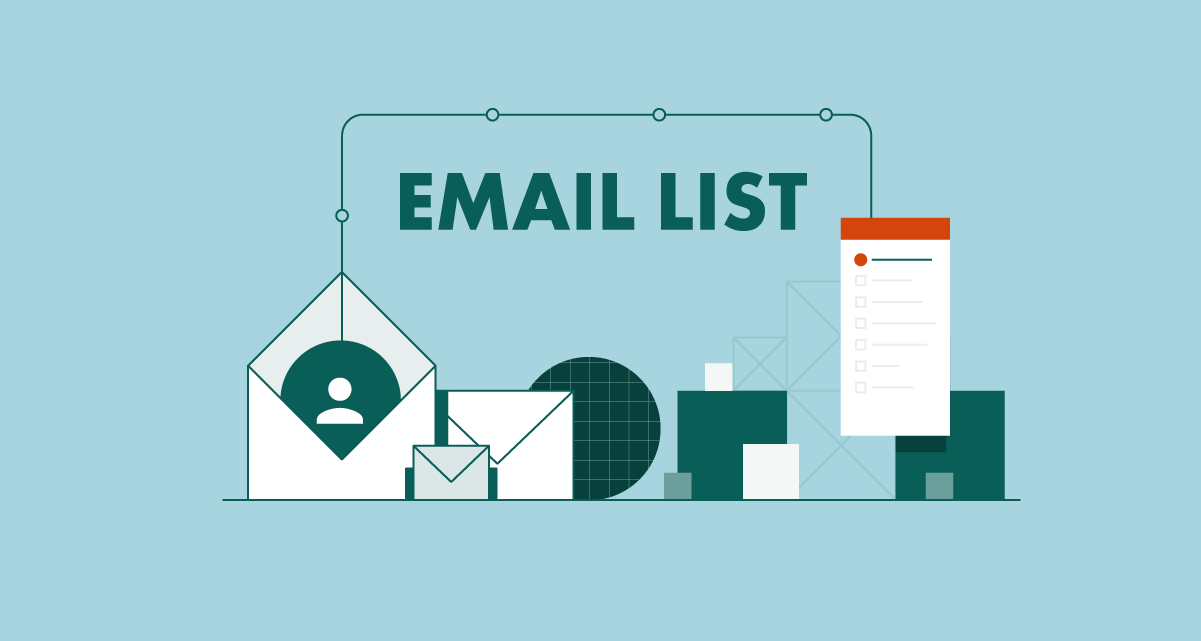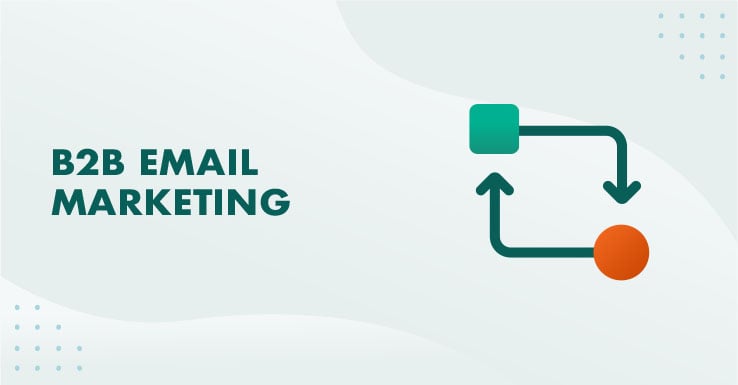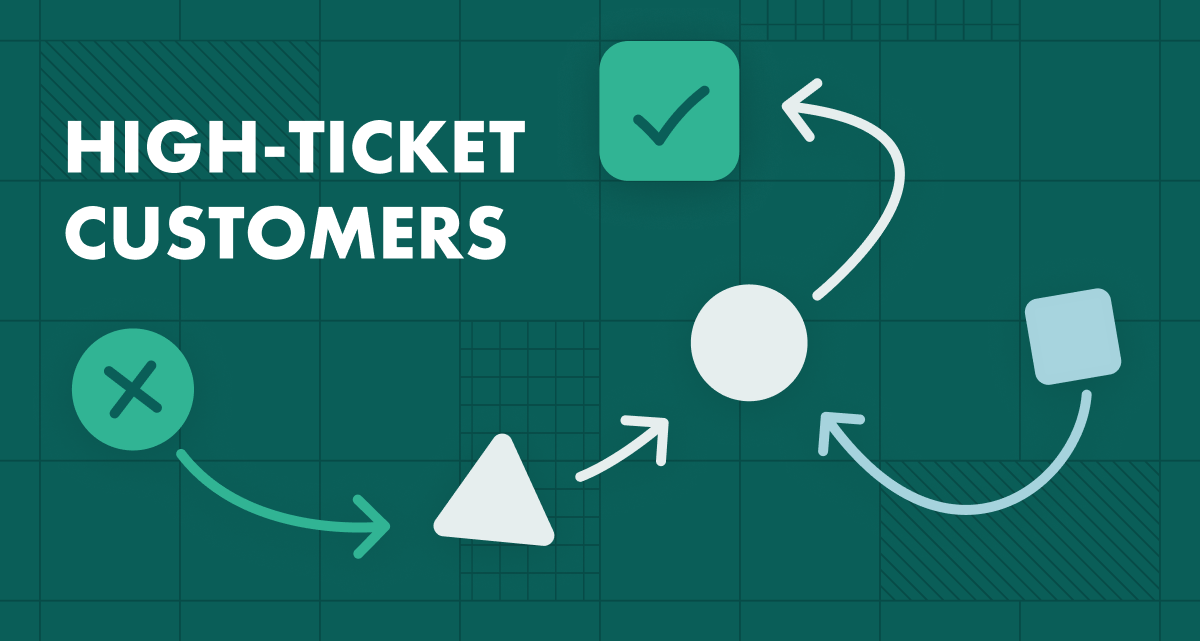Driving people to your website isn’t the final goal of your marketing activities.
It doesn’t matter how high your site traffic is, if you don’t know how to make the most out of every visit.
While it’s impossible to turn a website visitor into a customer before they reach the decision stage of the customer journey, you are still able to impact the customer journey itself.
One way to do it is to collect your audience’s emails and reach them with personalized messages to move leads down the funnel.
But, how do you build a permission-based email list?
This is the question we’re going to answer in this article.
Why do you even need an email list?
For every $1 spent on email marketing campaigns, companies can expect an average return of $42. If this doesn’t sound convincing enough, let’s have a look at the B2B customer journey.
The B2B customer journey usually includes more touchpoints than the B2C one.
- B2C: When a consumer wants to buy a cookware set, they’ll visit a few eCommerce stores, compare prices, check reviews, and make an order within a maximum of 20 minutes.
- B2B: When it comes to going on a paid plan of a landing page builder, it can take weeks (or sometimes months) before a user compares various alternatives, checks out demos, takes free trials of a few tools, and finally makes a purchase decision.
By reaching your potential customers with timely email campaigns, you can shorten the buyer’s journey and nudge them into making the right choice – i.e. buying from your company.
Is it a good idea to buy an email list?
Even though you don’t actually pay for every subscriber, building a permission-based email list is a costly initiative.
It takes your team’s time to create assets to give away in return for prospects’ contact information, run promotional campaigns to put these assets in front of the largest possible audience, and eventually qualify leads.
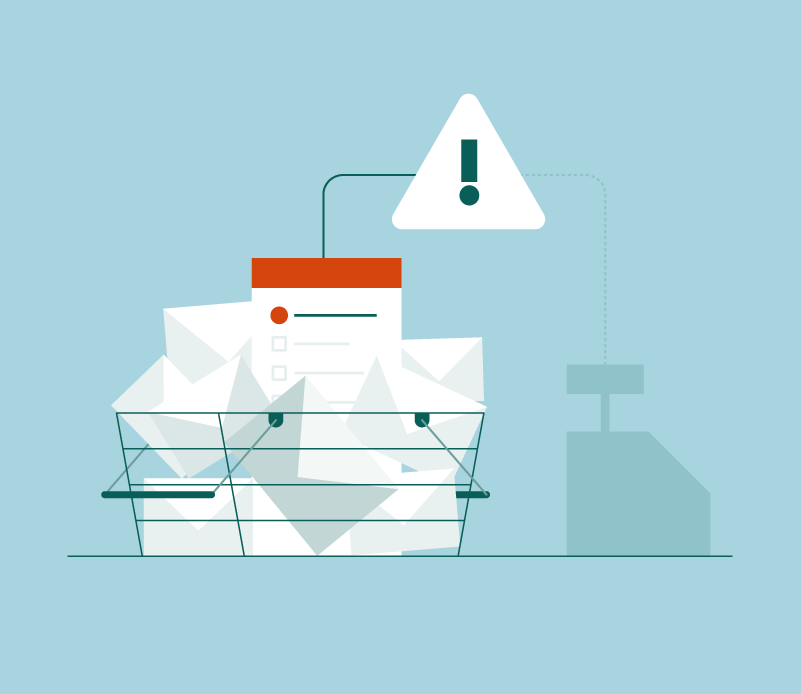
So... is there a less resource-intensive option for building a mailing list?
Enter “B2B email list” in the search bar, and eight out of ten results will be offering to sell you the highest quality B2B email marketing lists.
However, there are four major reasons why buying a mailing list is a BAD IDEA:
- According to the EU General Data Protection Regulation (GDPR) you can send emails only to contacts that have expressed explicit consent to be added to your email list. Businesses that fail to comply with GDPR risk severe penalties. Top companies, like Google and British Airways, were fined millions of dollars – and it’s the only time you wouldn't be happy to see your brand on one list with the worlds’ biggest companies.
- If you use quality email marketing software, it can be a real challenge to get your campaigns approved. Reputable companies insist that marketers only use opt-in mailing lists.
- Your emails might get marked as spam by your email service provider. Rebuilding the reputation of your IP is so difficult that the game is definitely not worth the candle.
- If your email finally reaches an inbox, chances a person will open a message from a sender they’ve never heard of are very low.
10 ways to build a B2B mailing list
Buying an email list will not only cost you penalties by both the GDPR authorities and your own email service provider, but also deliver no results to your business.
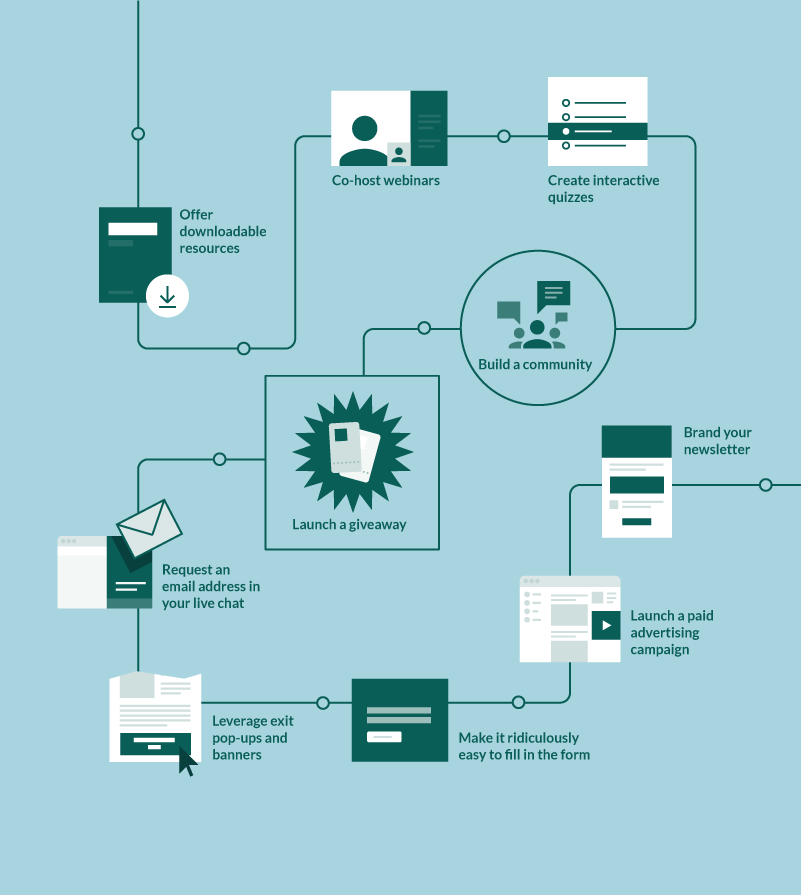
That’s why let’s turn to proven and legitimate strategies for building a quality B2B mailing list.
1. Offer downloadable resources
By downloadable resources, we mean any educational asset that your audience gets access to after they share their email address with you.
The most popular downloadable lead magnets are:
- eBooks
- Cheatsheets
- Checklists
- Case studies
- Reports
- Templates
- Examples
If you run a blog, creating an eBook won’t be a big deal. All you need to do is to repurpose your existing content – namely, combine a few articles into one in-depth guide.
Many B2B companies have dedicated sections with educational resources on their websites.
Hiba Amin of Soapbox says templates have proved to be the most powerful lead magnet for the company. Soapbox’s agenda templates account for 35% of all website traffic and drive around 30% of their leads.
2. Co-host webinars
You can always host a webinar to educate your own audience and gather their email addresses. But there’s a better way to grow your reach.
Partner up with fellow companies to co-host webinars and double your audience size.
You’ll gain access to your partner’s audience, get twice as many emails, and cut the amount of work needed to prepare for a webinar.
We don’t say you need to collaborate with your competitors (while it’s not always a bad idea). We say – you need to find a company in your niche that has a similar audience to yours but solves different problems.
By partnering with Wipster, the creative collaboration software, IMPACT has generated nearly 1,000 leads who signed up for their webinar on making consistent in-house videos.
3. Create interactive quizzes
Quizzes work particularly well in B2C, but are they effective at all for B2B companies?
The short answer is: yes.
To generate B2B leads with an interactive quiz, you just need to focus on some industry-specific topics and make sure the subject fits your target audience’s interests.
With a quiz, you kill two birds with one stone – you get prospects’ emails and learn a lot about their needs, interests, and/or behavior from their responses.
For instance, with an interactive quiz, Drew Diboff, business and freelancing expert, has generated over 1,300 leads with a conversion rate of 31.8%.
Here are just a few examples of B2B lead generation quizzes:
- What type of marketer are you?
- SEO expert quiz by Moz
- Are you a Facebook marketing expert?
- Test your online security quiz
Moreover, professionals love to have fun, too. Along with being serious decision-makers, they’re also people who take Buzzfeed quizzes in their spare time. So, why not spice up your quiz?
4. Build a community
In the remote-work era, online communities for professionals are getting increasingly popular. Like never before, people are looking for genuine interactions. And you can fill the demand.
In the marketing niche, there are already tons of branded as well as topical communities on Slack and Facebook.
ProductLed has created a highly connected digital community that helps the company to connect with the most relevant people and build solid relationships with them.
Their community includes over 5,000 active members who regularly receive emails on Product-Led Growth events, content, and other updates.
5. Launch a giveaway
One more powerful and cost-effective lead generation technique is running a giveaway or contest.
Offer free yearly access to your tool, a huge discount on a lifetime plan, a one-month coaching program, or whatever comes to your mind. To encourage people to participate, make sure the prize is valuable enough and guidelines are easy-to-follow.
The Venture Harbor team ran a Facebook contest for a client called FanDistro.
In one week, they generated 618 competition entries, with over 500 participants having shared the news about the competition with their friends. That month, the company generated 75 extra sign-ups. The whole campaign cost them no more than $37.
To run a contest hassle-free, you can go with one of the following social contest app services:
With a social contest app, you can build your landing pages, create forms with countdown timers, and keep track of campaign results in one interface.
6. Request an email address in your live chat
If you don’t have live chat support agents yet, and your live chat response rates leave much to be desired, there’s a workaround. Request prospects’ email addresses before they submit their message so that you can get in touch with those people when you’re back online.
According to the ApexChat study, using a live chat can help boost the number of online leads on average by 40%.
The ManyChat team has found the way to grow their email list with the help of Customer Chat. Visitors who initiate live chat on the website are greeted by a friendly bot and offered to sign up for the company newsletter first thing.
Due to this technique, the company was able to boost newsletter sign-ups by more than 50%.
7. Leverage exit pop-ups and banners
Creating a lead magnet that addresses your prospects’ pain points is a good start. Next, you need to put it in the most prominent parts of your website.
For that – you need exit pop-ups and sidebar banners. And no, pop-ups aren’t dead.
While the average pop-up conversion rate (CR) is around 3.09%, top pop-ups convert at 9.28% of website visitors. Some high performers even see CRs as high as 50.2%.
By using a user-friendly, exit pop-up, Yoast has doubled email sign-ups and generated over 10,000 subscribers in 30 days.
After the Contently team added banner ads to their own homepage and blog, their webinar called “The 2021 Content Checklist” got additional 630 registrants, accounting for 49.4% of the total number of submissions.
It’s a good idea to add an opt-in form right to your banners – this way, you’ll ensure you aren’t losing leads to slow landing page speed or other distracting elements.
8. Make it ridiculously easy to fill in the form
The more information you have about your prospects the better. Right? But you don’t have to gather it all with one sign-up form.
Here’s a simple recommendation: limit the number of fields in your forms, and you’ll get more leads!
By adding 10 fields to your lead generation form, you reduce the amount of work your sales team will have to do, as well as tons of opportunities to grow your business. Most of your site visitors won’t have time to specify their areas of expertise or simply won’t be eager to share their phone number.
The Sleeknote research shows that pop-ups with three input fields convert at a 1.08% rate, which is three times lower than the pop-ups with two input fields – 3.31%.
After reducing their sign-up form from 11 to 4 fields, Imagescape gained a 120% conversion increase.
To collect more data, use progressive profiling forms. The solution allows you to tailor form fields to the specific customer journey stage your customer is in.
This way, people who have already shared their name and email address with you will be asked for some different sort of information, like a company name and a website URL.
9. Launch a paid advertising campaign
When you have a lead magnet, you should think of the promotion strategy. Distributing banners across your website is good, but you’ll need more exposure to scale lead generation. Paid advertising is the way to reach your goals fast.
You can go with paid social ads on LinkedIn or Facebook, test out Quora ads, or launch good old Google Ads. The choice of the ad channel depends on your target audience’s interests and behavior.
For example, with a Facebook Ad campaign that was running traffic to a webinar landing page, Veeroll were able to drive 122 form submissions in 2 weeks. The campaign totaled $2,500 in ad spend and resulted in $11,000 of monthly revenue.
Before you start a paid campaign for lead generation, you need to set clear goals. It’s not only about the number of leads that you want to drive in the given period, but also about the cost you’re ready to pay for every lead.
10. Brand your newsletter
Very few people are eager to sign up to a newsletter these days.
But give your newsletter a fancy name, a concept or make it its own brand, and you could be onto something!
In 2020, SuperOffice rolled out Thrive – a new email program designed to help subscribers grow personally and professionally.
We could have called it a newsletter and it might have generated plenty of sign-ups. But by calling it Thrive, giving it a new design and creating unique content for it, we’ve been able to generate more than 12,000 sign-ups in less than 6 months.
Compare that to our pre-Thrive newsletter where we generated 1,000 sign-ups in 2 years, and you can see the difference a fancy name makes.
Conclusion
To build a B2B email list, you need to deeply understand your B2B prospects’ pain points.
There’s no need to reinvent the wheel to make people share their contact information with you. Sharing assets that are helpful and relevant is enough.
First, pick one or two of the above-listed strategies and implement them. Continue testing new approaches to find the ones that drive the best lead conversion rates to your company.
Having a mailing list filled with relevant, opt-in contacts, you can build a lead nurturing strategy and move early-stage leads down the sales funnel.
